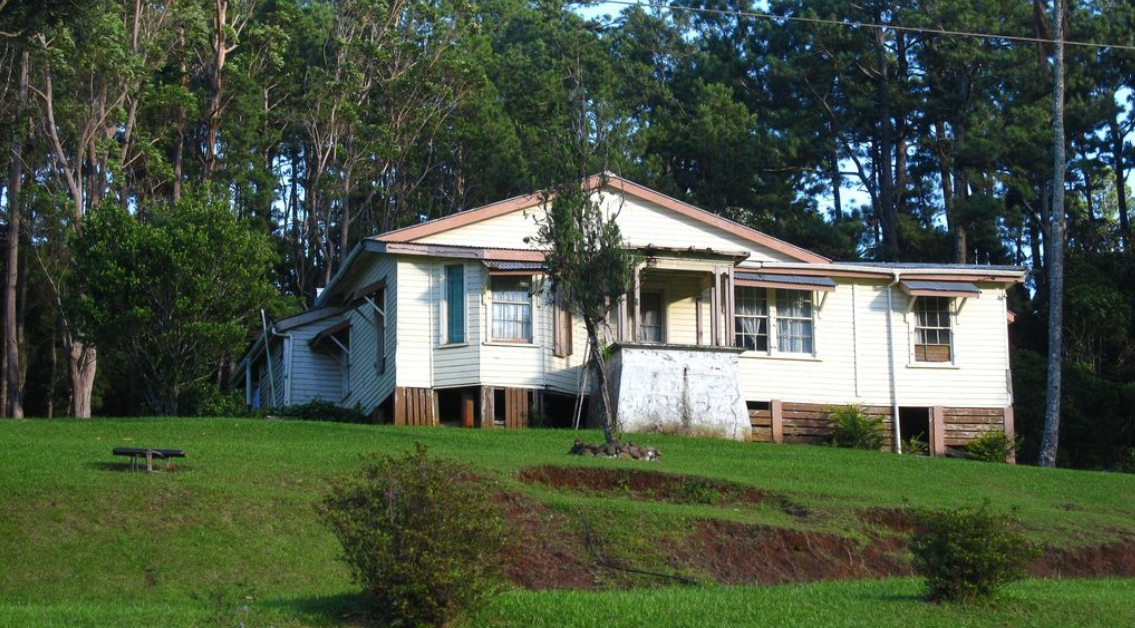GETTING to Nadarivatu is no mean feat. That’s because ascending to the proverbial paradise is both an extremely rugged and steep climb.
But the consolation you’d get after a brief moment discomfort is somewhat mind-boggling.
The region is blessed with breathtaking vistas that only a high-altitude trip can offer.
Yet it is not just peaceful and undisturbed. It is also truly restorative.
With occasional traffic, less noise, little fossil fuel burning and fewer people, you’ll feel as if your world is in slow motion.
And not only that; your wellbeing gets revitalised from the hustle of a fast-paced life the moment you first set foot.
It is this kind of highland paradise that the Stone Bowl Lodge is nestled in.
The resthouse of sorts is a mountain retreat that was built by William Ernest Goodsir during British colonial rule.
Goodsir, according to historical records, was an executive of the Nadarivatu-based Fiji Timber Kauri Company which was established at Nadarivatu during the early 1920s and later branched out to Kadavu.
A close relative to Fijian hardwood species dakua, kauri grew naturally in the area and was heavily logged and processed.
Dakua on the other hand, is one of a group of plants with a curious Southern Hemisphere distribution. A quarter of a billion years ago, its botanical family, the Araucariaceae, covered the entire planet.When dinosaurs walked the Earth, they were a key element in our extensive forests.
It is said, during its reign the Nadarivatu timber company went to great lengths to ensure its managers lived in comfort and luxury in one of the most isolated and coldest parts of Viti Levu.
Hence, it built the majestic wooden manor, later called Stone Bowl Lodge (or Nadarivatu in the local language).
To reach the forest lodge requires 30 minutes of consistent ascension on a very steep escarpment that rises immediately above Waikubukubu Village.
On the day The Sunday Times visited, intermittent rain had been falling like a confetti of fine petals, giving off a fresh and crisp forest aroma.
With temperatures that fall as low as one-digit degrees Celsius, and at a place over 20,000ft above sea level, Nadarivatu is one of the loftiest places in Fiji.
During the colonial era, Nadarivatu’s plateaued mountain ridge was popularly referred to as the rooftop of Viti Levu, a place where one could enjoy unobtrusive bird’s eye view of the receding shadowy montane skyline and recuperate in a sanitarium type of community.
Its first settlement in the late 1800s headquartered the Colo North province and housed a few government offices that served people in the area.
A century ago, Goodsir and other European families settled in stylish comfort and in a fair degree of luxury in this isolated part of Viti Levu’s hinterland.
It was a quaint place to be. Its tennis courts, bowling lawn, swimming pools and a croquet green, established to amuse its occasional visitors, contrasted with the lush greenery.
Fiji’s first statesmen, Ratu Sir Lala Sukuna spent much of his time at Nadarivatu, recuperating during the period when he worked tirelessly engaging with landowners and eventually establishing the Native Land Trust Board.
Nadaruivatu was also frequented by Wesleyan missionaries and had a house built especially for the Governor.
Together with the area’s wide semblance of greenery, two types of pine thrive near the Stone Bowl Lodge, inhaling the thin mountain air and giving the vast region its mostly emerald hue.
Not too far away is the home to the pink billed parrot finch and long-legged warbler, endemic birds that chorus in high heavens as they glide from bough to bough.
But beauty can be deceiving, they say. Despite its high-altitude aesthetics and mesmerizing natural wonders, accessing and developing Nadarivatu was not an effortless ease.
It has been that way since its establishment from scratch in the colonial days.
“You will never regret visiting Nadarivatu and staying over at the Stone Bowl Lodge,” said hostess Mere Tuinamu.
“Those who have already been here talk of how peaceful and beautiful the place is. They also say the place gives the best sleep and it’s just hard to get out of bed in the mornings.”
According to an article in the Pacific Islands Monthly’s August 1958 issue, Stone Bowl’s original owner was the deputy-mayor of Suva in 1952 and was one of the best-known businessmen in the then colony.
He had moved to Fiji from New Zealand in 1924 and most of his life was associated with the fledgling timber industry.
In 1949, he formed the Nadarivatu Timber Company Ltd and became its managing director. When that company worked out its areas in the mountains behind Tavua (Nadarivatu) he transferred its operations to the island of Kadavu.
Goodsir had been an excellent rugby union player too in his youth. In the 1950s he coached the Fiji national rugby union team, leading it on the 1954 tour of Australia. He was also the president of Suva European Rugby Union.
Goodsir died in Suva in July 1958, survived by his widow and their daughter, Jennifer.
If you ever have the chance to visit Nadarivatu and you’re worried about finding a place to stay for the night, not a problem at all because the Stonebowl Lodge can give you your much-needed respite for less than $100 a night.
The three-bedroom house is well vented thanks to its casement windows and raised stature backdropped by sturdy trees. The lodge is near the Nadarivatu Forest Park and is a popular place to stay when hiking up Mt Victoria.
“We have four bedrooms, we have the best scenery, the air is clean and we don’t ever have hot days; all these for $70 a night and $20 if you want us to cook,” Ms Tuinamu said.
“We prepare healthy food like rourou and bele that people here eat, plus fresh fruits and root crops.”
History being the subject it is, a group’s version of events may not be the same as that held by another group. When publishing one account, it is not our intention to cause division or to disrespect other oral traditions. Those with a different version can contact us so we can publish your account of history too — Editor.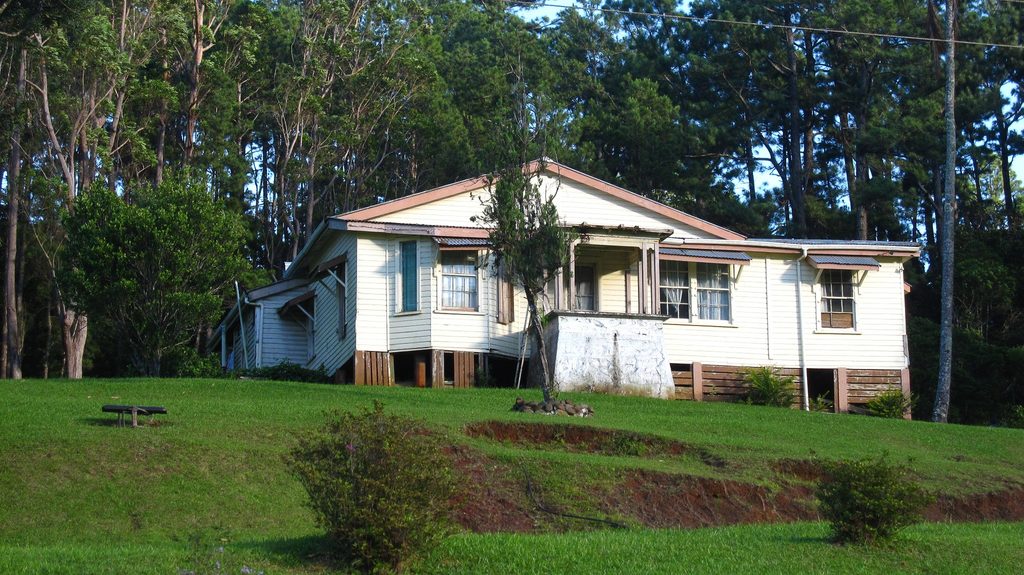
The Stone Bowl Lodge today against a backdrop of lush forest.
Picture: STONEBOWL LODGE FB PAGE
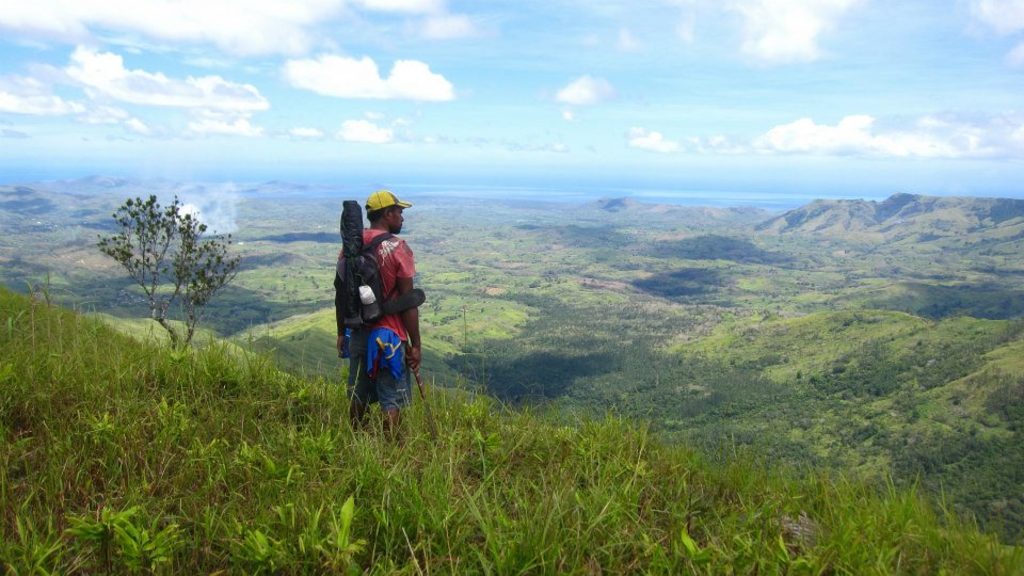
A hiker suveys the Nadarivatu region.
Picture: STONEBOWL FB PAGE
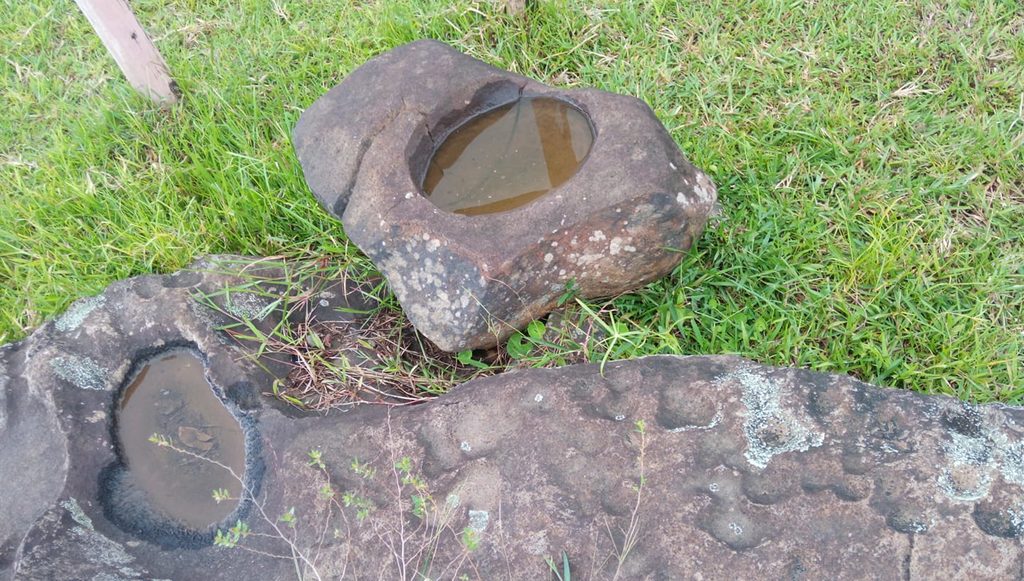
The stone landmark that has made Nadarivatu famous around the world. Picture: STONE BOWL LODGE FB PAGE
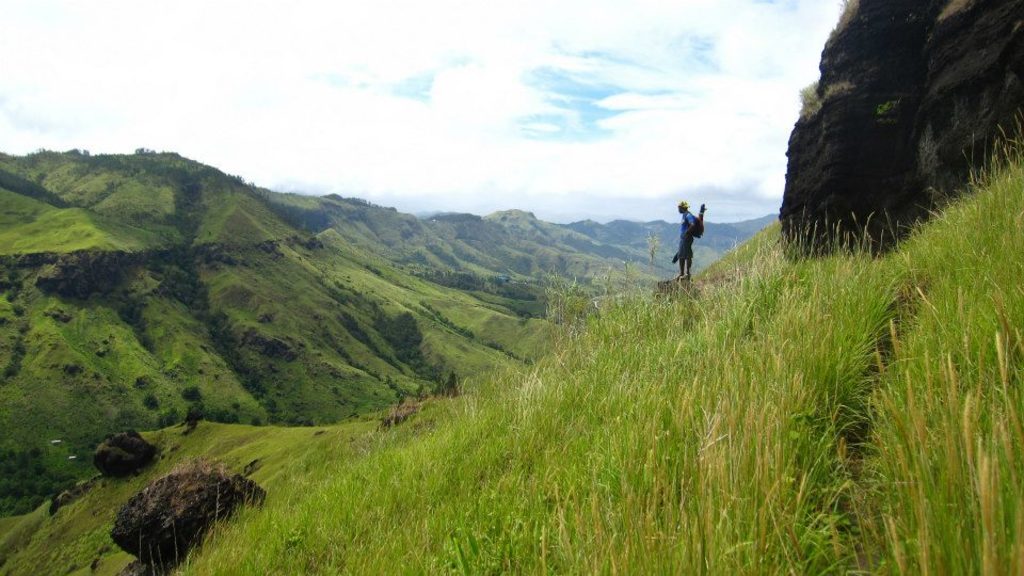
The majestic formations in the Nadarivatu area that can be accessed by trekking. Picture: STONEBOWL LODGE FB PAGE

A view of the Nadarivatu region taken from somewhere along the trek to Mt Victoria (Tomanivi) , Fiji’s tallest mountain peak. Picture: STONEBOWL LODGE FB PAGE
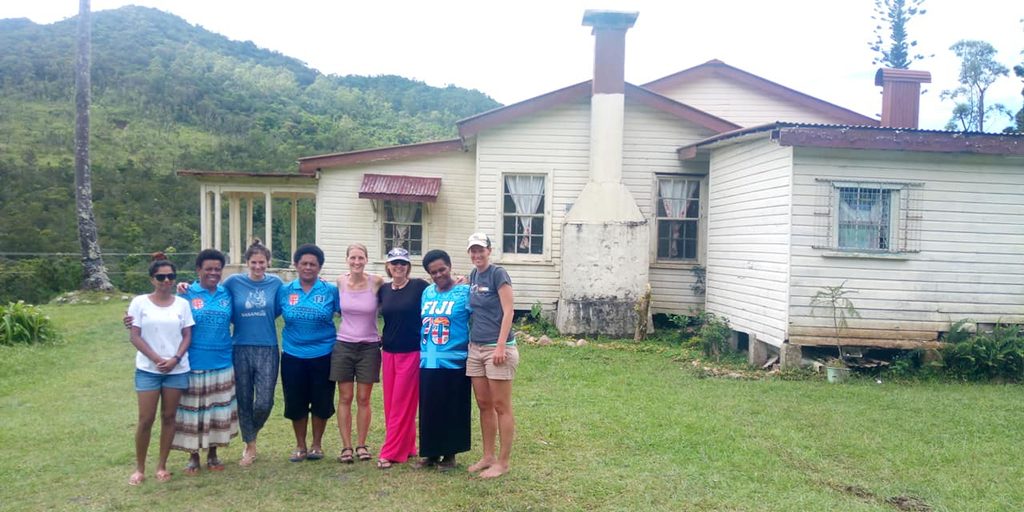
Locals flanked by tourists at Stone Bowl Lodge.
Picture: STONE BOWL LODGE

